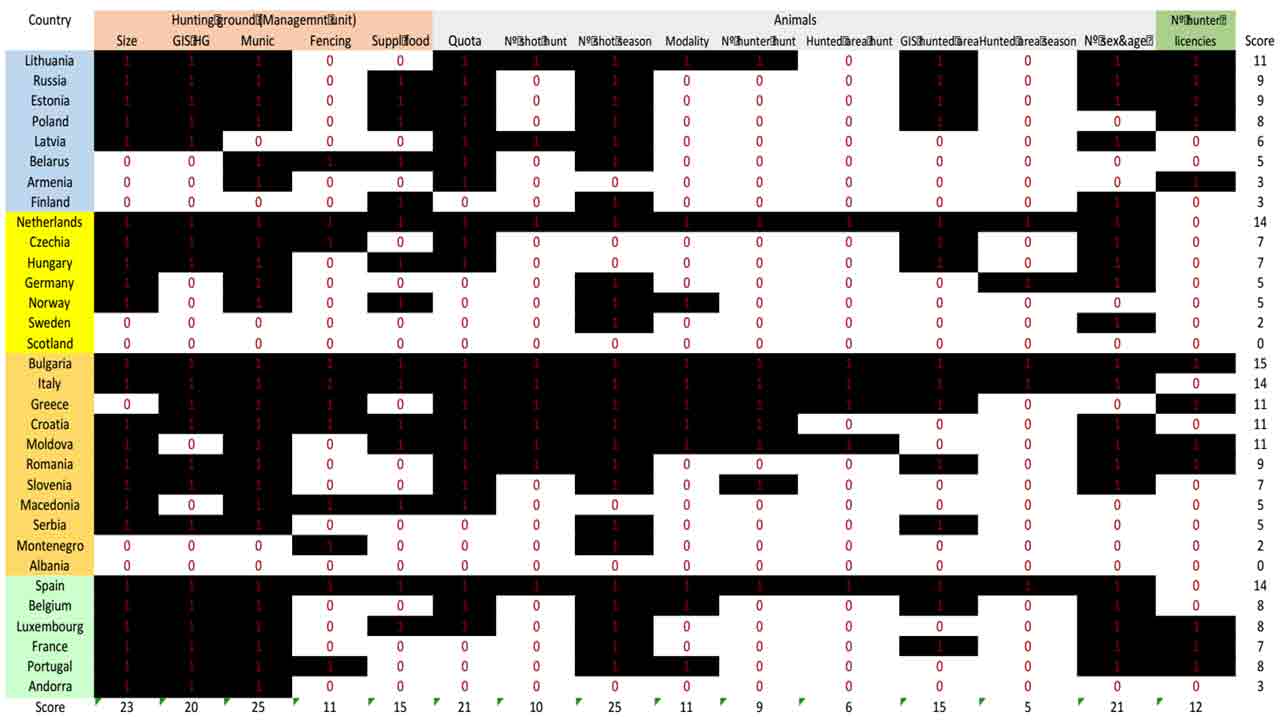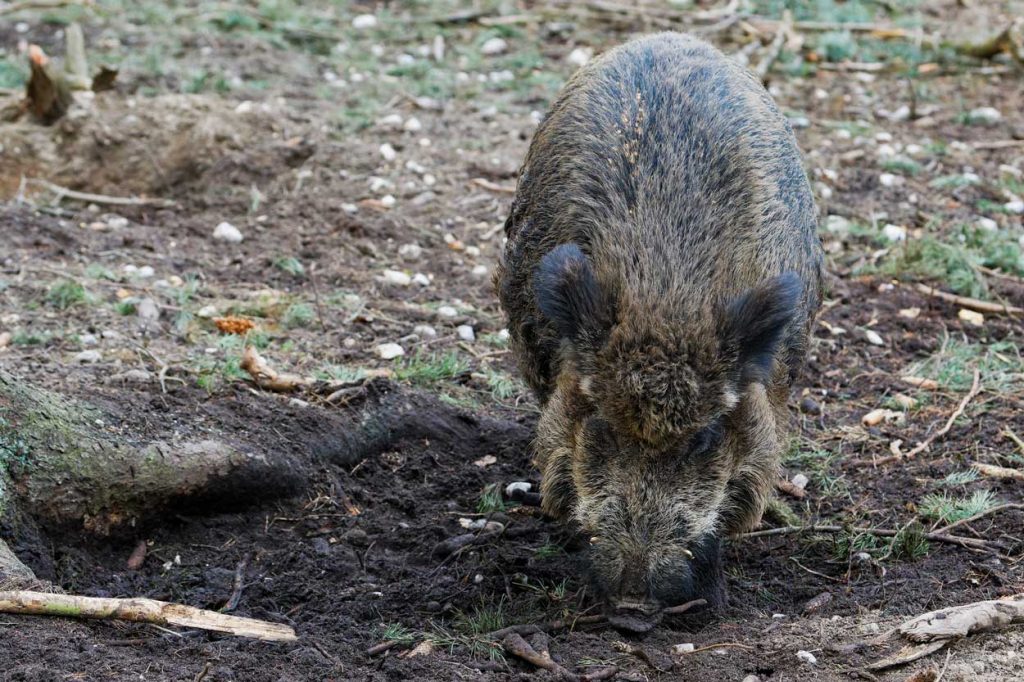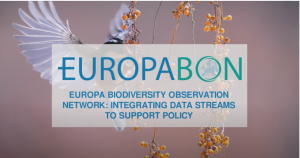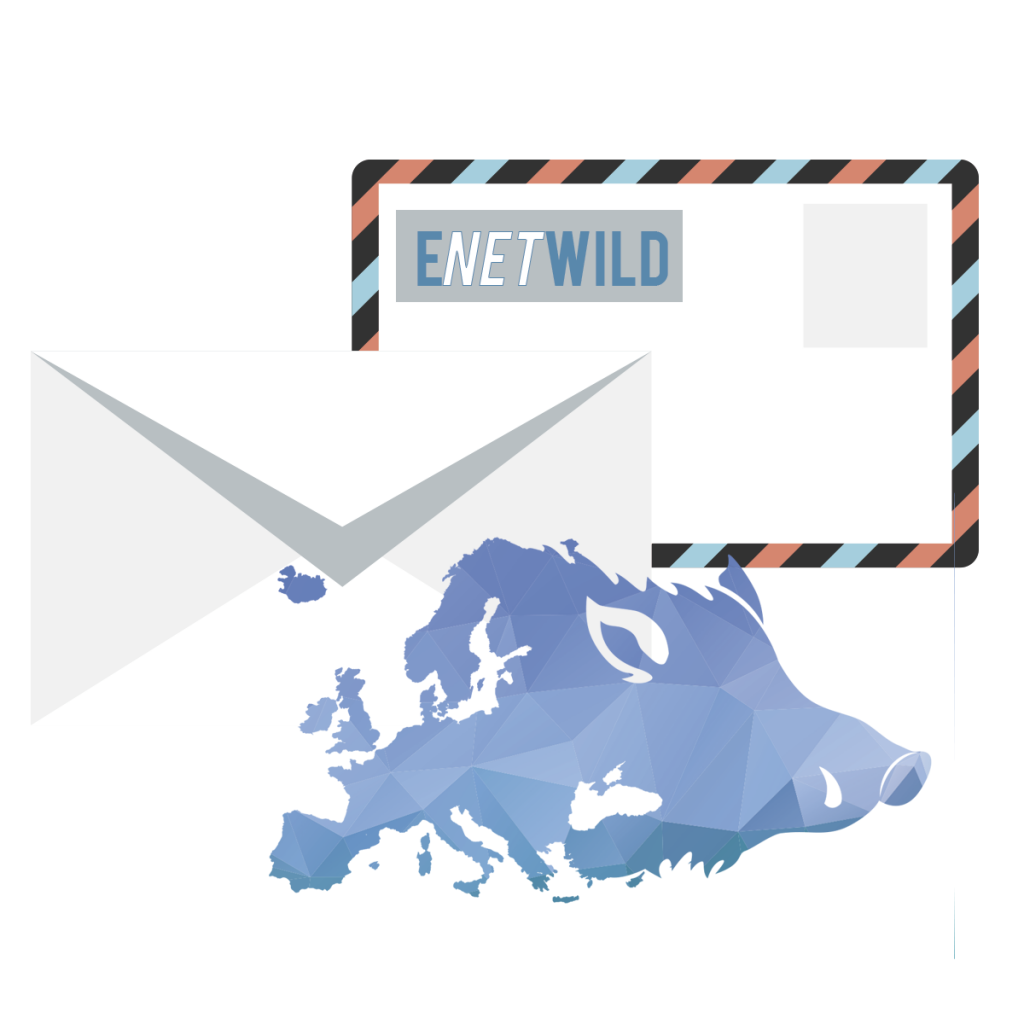The organisation and collection of wildlife hunting statistics and their analysis is essential not only for hunting management but also for developing wildlife policies. On a large spatial scale hunting data statistic are available and, potentially, comparable across Europe for use in the predictive spatial modelling of wild boar abundance. But the procedures, methods and type of data collected concerning hunting bags (official statistics) can show a great heterogeneity between countries and regions. At present, each country and organisation collects hunting data using its own different procedure, and acquires different types of data that are later implemented in different repositories with variable accessibility: this hampers the comparison and common use of data across Europe.
Each country and organisation collects hunting data using its own different procedure, and acquires different types of data that are later implemented in different repositories with variable accessibility: this hampers the comparison and common use of data across Europe
Further steps are, therefore, still required to harmonise, standardise and coordinate data collection and, eventually, analyse hunting bag information
In order to assess this heterogeneity and capture an image of how different countries collect this information, a questionnaire was distributed in order to be able to compare the hunting data collected and to propose a common framework for future compilation.
The questionnaire was distributed to wildlife managers and/or researchers working for administrative and public institutions, who potentially have access to or directly manage hunting data, or who know their respective national/regional hunting data recording systems. The questionnaire, which is available at this link, reflects three major subjects underpinning hunting activity and data collection systems:
- Hunters
- Hunting grounds
- Game animals.
For the analysis, several variables and different levels of spatio-temporal aggregation of data (e.g. hunting event vs. season; municipality vs. hunting ground) were selected.
Fifty-seven respondents representing 32 countries covering more than 95% of European territory participated to the questionnaire.
We would be grateful if you could supplement the information and send us new information on those countries or regions not covered in this report.
The most frequently recorded information in the official statistics included the quantity of animals shot per hunting ground and season (24 countries) and the size of the hunting (management) ground (21 countries). Georeferenced maps for the hunting grounds were collected (total or partial) for 20 countries. The least frequently recorded information was at the level of hunting events.

Table 1. The selected variables collected by national/regional schemes (black cells). Countries are organised by Region (first column). Variables (top row) are organised according to the type of information. The total scores per country (the sum of the total number of variables which were recorded) are indicated (last column). Similarly, the total scores per variable (number of countries in which it is recorded) are indicated (bottom row). More details in doi:10.2903/sp.efsa.2018.EN–1523
Through the use of multivariate analysis, it was possible to identify the similarity in the data collection strategies of the different countries.

Figure 1 Clusters of countries identified by means of the hierarchical clustering analysis and biplot indicating country grouping of the 2 dimensions in the principal component analysis of hunting variables. More details on doi:10.2903/sp.efsa.2018.EN–1523
We conclude that:
- sources of hunting statistics providing quantitative information on wild boar (and by extension, for other big game species) are lacking or are not harmonised across Europe, as well as incomplete, dispersed and difficult to compare;
- a feasible effort is needed to achieve harmonisation of data in a short time for the most basic statistics at the hunting ground level, and
- the coordination of the collection of hunting statistics must be achieved first at national and then at European level.
The following is recommended:
- countries should collect data at hunting ground level;
- efforts should be focused on data-poor countries (e.g. Eastern Europe), and
- the data should be collected at the finest spatial and temporal resolution, i.e. at hunting event level.
ENETWILD proposes the development of a robust and well-informed data collection model as the basis for a common data collection framework
You can collaborate by sending data from hunting records downloading here the wild boar data collection model. We are especially interested in hunting events on a hunting ground scale
The present report identified some countries where, though the potential to share good quality data is present, the data collection promoted by ENETWILD has not succeeded so far (i. e. Eastern Europe). This highlights the need of further strategies to be developed so to encourage and support these countries to share hunting data.






